Introduction
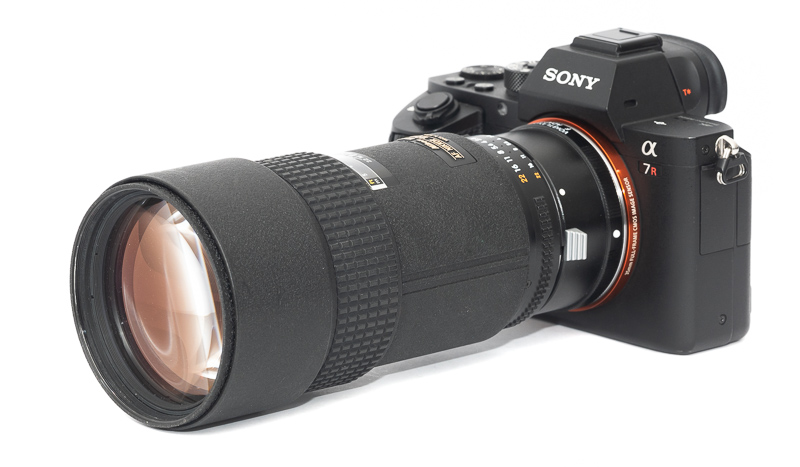
With the rise of the 80-200mm f/2.8 zooms it seems the 180-200mm f/2.8 primes fell out of fashion, as for more than 20 years no manufacturer bothered to design a new lens like this (not counting a few third party macro options). While Canon last updated their 200mm 2.8 in 1996, Nikon never updated the optical design of their Nikon AF 180mm 2.8 since 1986. Is this still a worthwhile lens today? Let’s find out in this review.
Sample Images

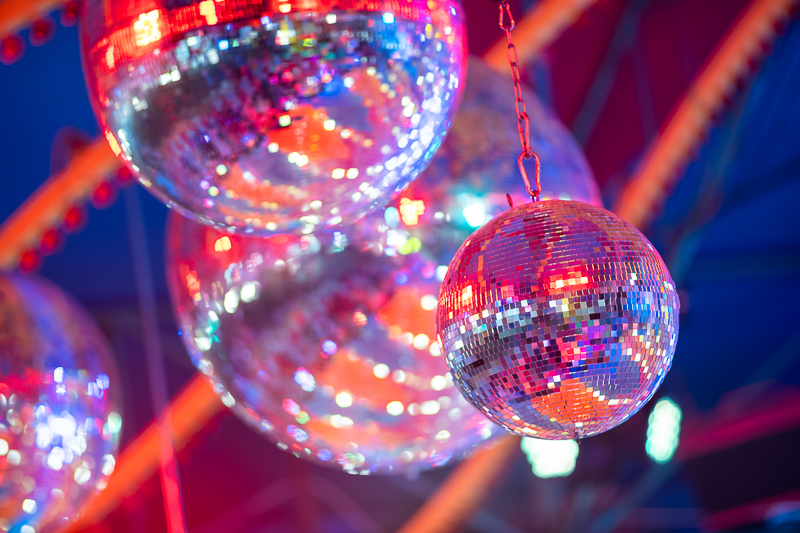

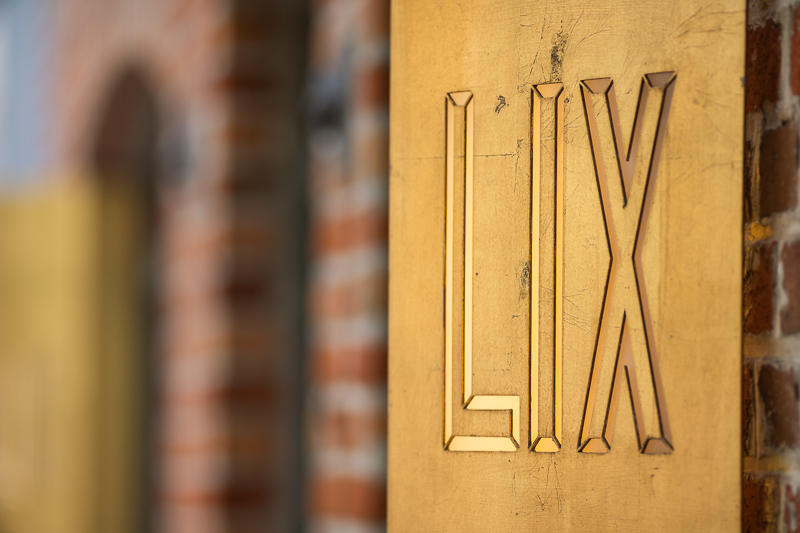
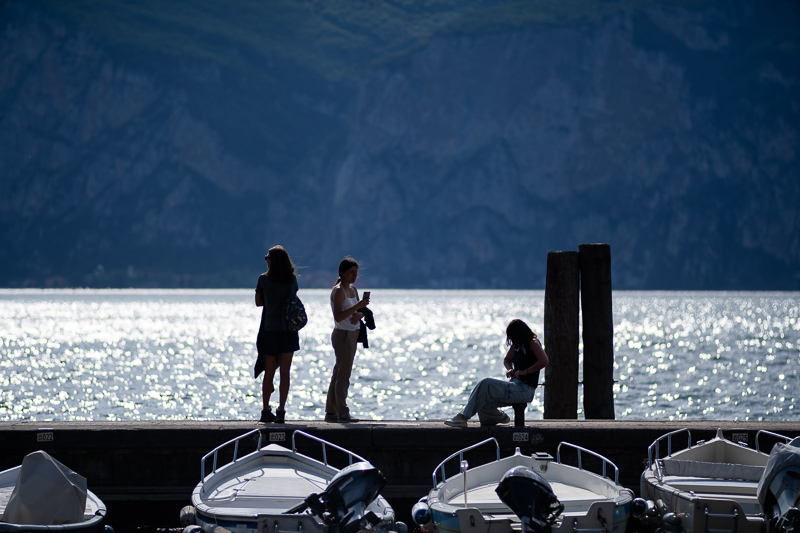
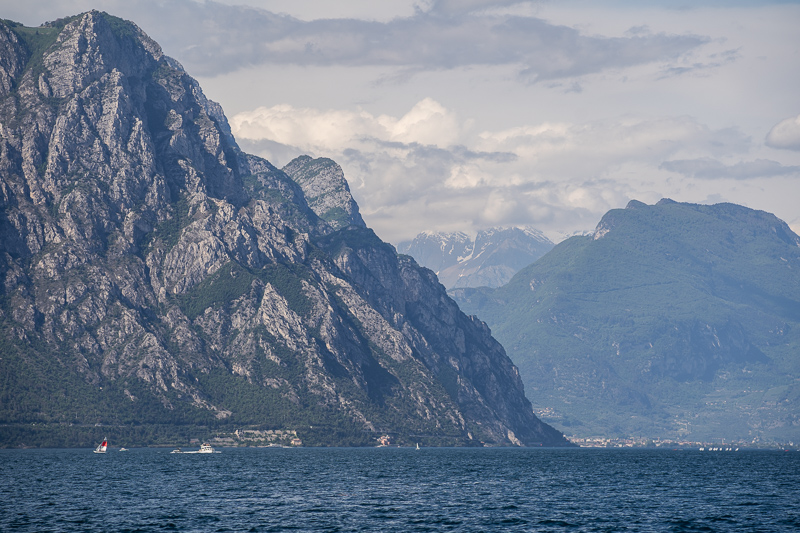
You can find most of the shots in this review in full resolution here.
Contents
Specifications / Version History
There have been three different versions of this AF lens with different casing designs that generally all share the same optics, but the coatings have been updated at some point. It might also be worthwhile to have a look at our Nikon AF 180mm 2.8(D) Teardown/Version History guest post.
This is a review of one of the later AF-D versions, it has the following specifications:
-
- Diameter: 78 mm
- Field of view: 13°40′ (diagonally)
- Length: 145 mm
- Weight: 765g
- Filter Diameter: 72 mm
- Number of Aperture Blades: 9 (mostly straight)
- Elements/Groups: 8/6
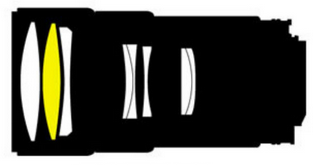
- Close Focusing Distance: 1.5 m
- Maximum Magnification: 1:6.3 (measured)
- Mount: Nikon-F
This lens has long been discontinued, you can usually find the AF version on ebay.com | ebay.de starting at ~$200 (affiliate links) the later AF-D versions are generally more expensive
Handling / Build Quality
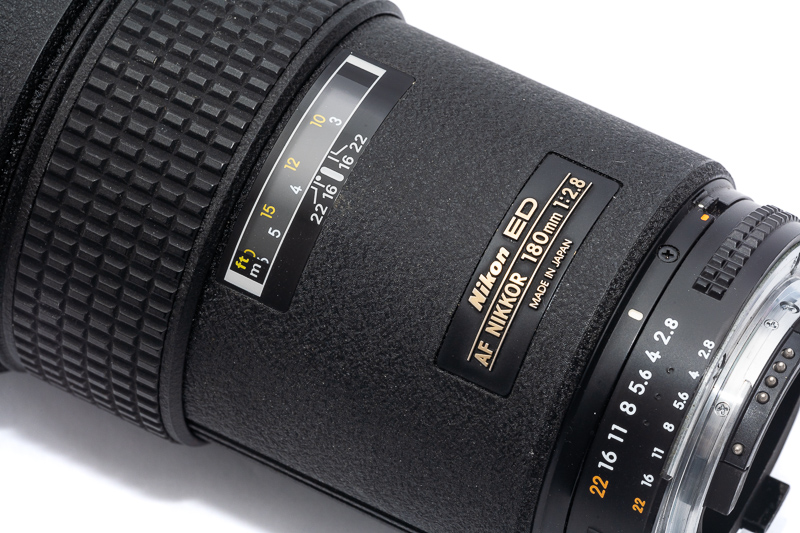
I am not so sure about the early non-D samples with that polished plastic casing, but the later non-D and D samples do feel solidly made. Pretty much everything is made from high quality polycarbonate here though with only minimal usage of metal. You can have a look at this teardown for further reference.
The aperture ring is located close to the bayonet and features the same design as all of Nikon’s aperture rings with equidistantly spaced full-stop click-stops.
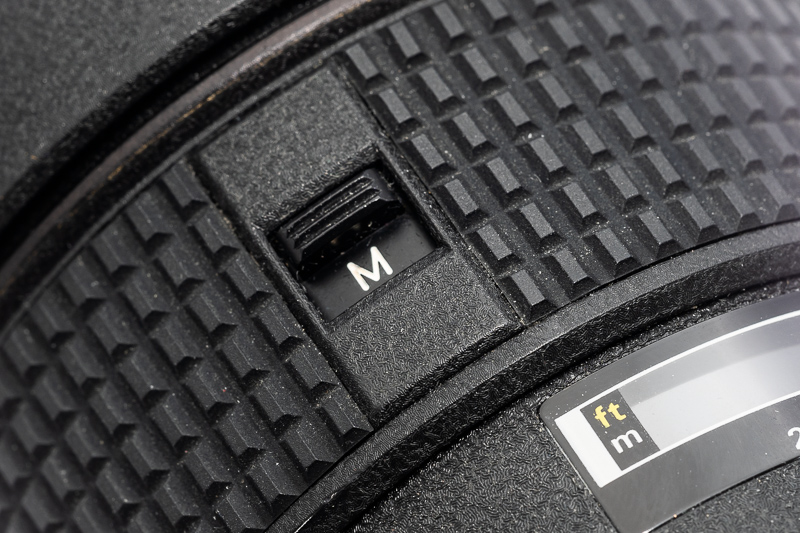
The big focus ring rotates 180° from the minimum focus distance (1.5 m) to infinity. The resistance is good, but not as good as a purely manual focus lens. However, I still prefer the internal focus operation of this 180mm 2.8 AF to that of the unit focus design of the Nikon Ai-s 180mm 2.8.
It also features a small A/M lever to engage (for manual focus) or disengange (for auto focus) the focus ring.
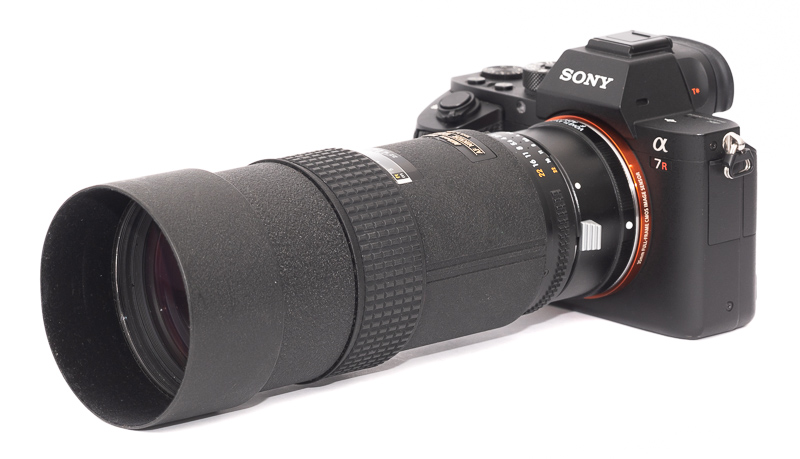
The Nikon 180mm 2.8 features my favorite type of lens hood: a retractable one. It also has black felt on the inside – as it should be.
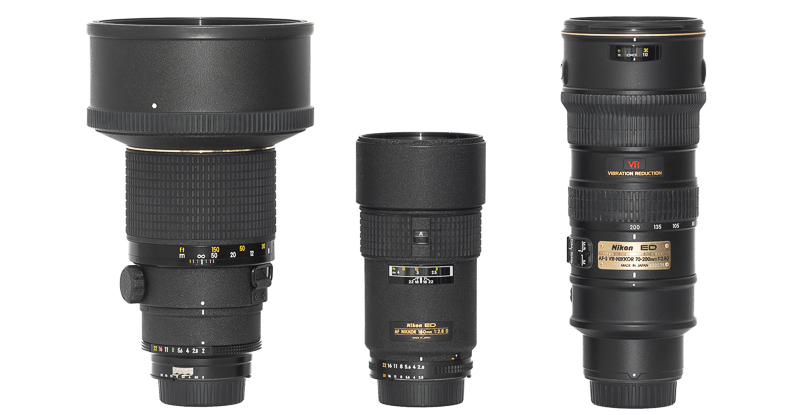
Some people say the size and weight advantage of these 180-200mm primes is not big enough over the 80-200mm or 70-200mm f/2.8 zooms, but seeing this 180mm 2.8 and the first generation 70-200mm 2.8 side by side, I think there is still room for these compact and lightweight primes.
This AF lens relies on a motor in camera for the auto focus to operate and not all Nikon SLRs support this. The Nikon FTZ adapters also don’t, so on Z-mount cameras this will be a manual focus lens.
Sony users can make use of the Monster LA-FE2 adapter though, which will allow the autofocus to work on Sony E-mount cameras. With that adapter the autofocus is surprisingly fast and reliable.
Vignetting
light falloff
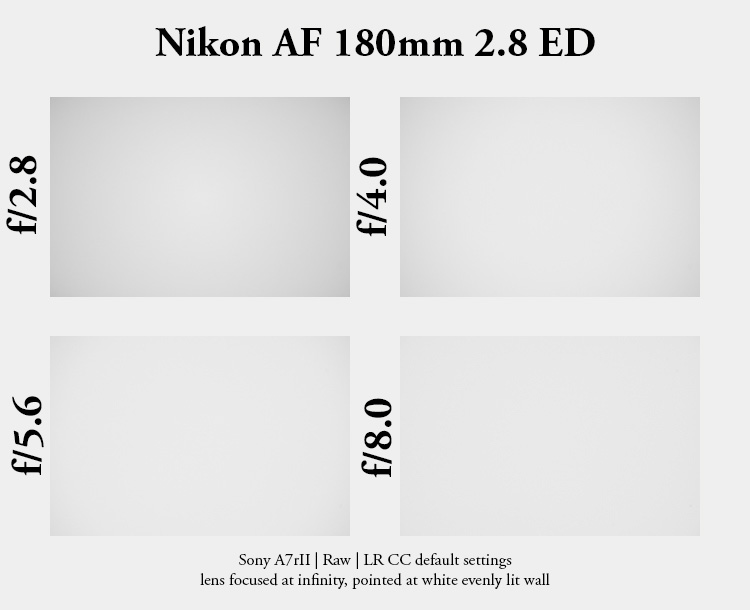
| f/2.8 | 1.2 EV |
| f/4.0 | 0.8 EV |
| f/5.6 | 0.5 EV |
| f/8.0 - f/22 | 0.3 EV |
Wide open the vignetting amounts to around 1 EV in the corners which is way less than what I have seen from the Tamron 70-180mm 2.8 lenses and the Nikon AF-S 70-200mm 2.8G VRI. Stopped down there is hardly any vignetting.

It is recommended to have a look at this article first to get an idea how this brightness graph works.
optical vignetting
Very fast lenses usually show a significant amount of optical vignetting. Without going too much into technical details optical vignetting leads to the truncation of light circles towards the borders of the frame.
In the center of the frame almost every lens will render a perfect circle, but only lenses with very low optical vignetting will keep this shape in the corners.
So in the following comparison we move from the center (left) to the extreme corner (right) and see how the shape of the light circle changes.
At f/2.8 this 180mm 2.8 lens shows a comparably low amount of optical vignetting. It actually does better than the f/1.8 to f/2.0 180/200mm lenses. The shape at f/2.8 looks also natural without distinct cat’s eyes, but in the extreme corner it looks like the circle is slightly cut by either the adapter or the rear light baffle.
The Tamron 70-180mm 2.8 lenses and the Nikon AF-S 70-200mm 2.8G VRI show way higher optical vignetting at their long ends at f/2.8.
Already by f/4.0 the mostly straight aperture blades lead to rather edgy nonagons though, here the modern zooms manage to keep highlights rounder.
Sharpness
Focus Shift
With some lenses the plane of optimal focus shifts when stopping down, this can be an issue with (D)SLRs, as they usually focus at maximum aperture, but luckily there is no relevant focus shift to be found here.
MTF-Graphs
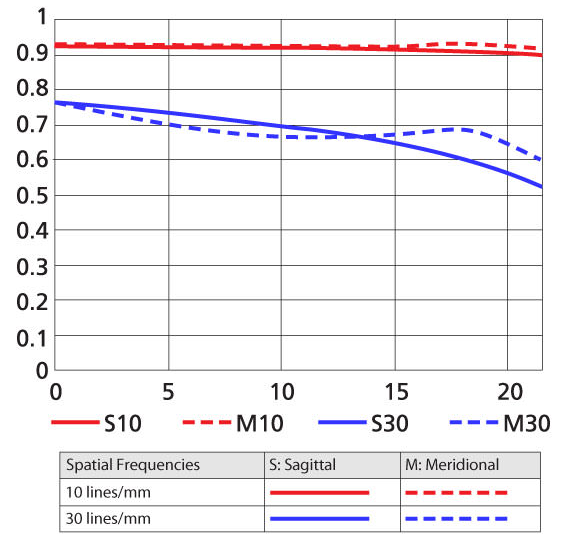
According to these MTF graphs this Nikon AF 180mm 2.8 D is supposed to be a great performer with a very even across frame performance. Let’s see how these translate into reality.
infinity (42mp Sony A7rII)

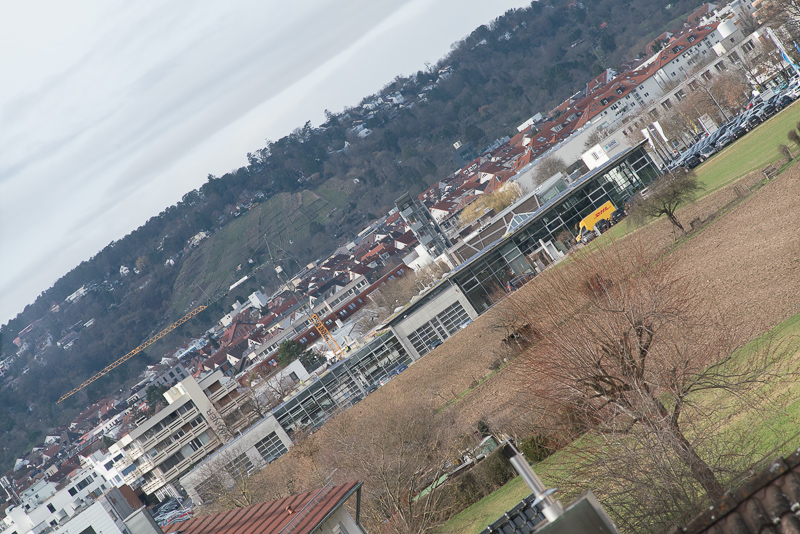
Heat haze is always a problem when looking at the infinity resolution of tele lenses and this was no exception here, even on an overcast day. At f/2.8 center and midframe do look good, but stopping down one to two stops definitely improves adge acuity. For the corners to look good, stopping down to f/5.6 to f/8.0 is needed.
There are some rumors floating around that the previous Nikon Ai-s 180mm 2.8 ED is a better performer than this newer AF lens. Based on the samples of both lenses I had, I can not confirm that.
close focus 1.5 m (42mp Sony A7rII)
100% crops from center, A7rII
A minimum focus distance of 1.5 m is quite okay for an older 180mm 2.8 lens and the Nikon Ai-s 180mm 2.8 ED only offered 1.8 m.
The image quality is very usable wide open with slightly reduced contrast and improves to very good levels on stopping down to f/4.0. Also here the I don’t see the predecessor performing any better.
Flare resistance
As is the case with most tele lenses this is definetly a weak spot. Catching ghosts with the sun inside the frame isn’t the main issue, but with the sun outside the frame veiling flare becomes a problem and even the hood – which was extended for the following pictures – didn’t really help.
This is a common issue with tele lenses, but the newer ones do better in some situations. In these scenes for example I did not expect to catch such massive veiling flare and I would expect some of the recent lenses to do better:

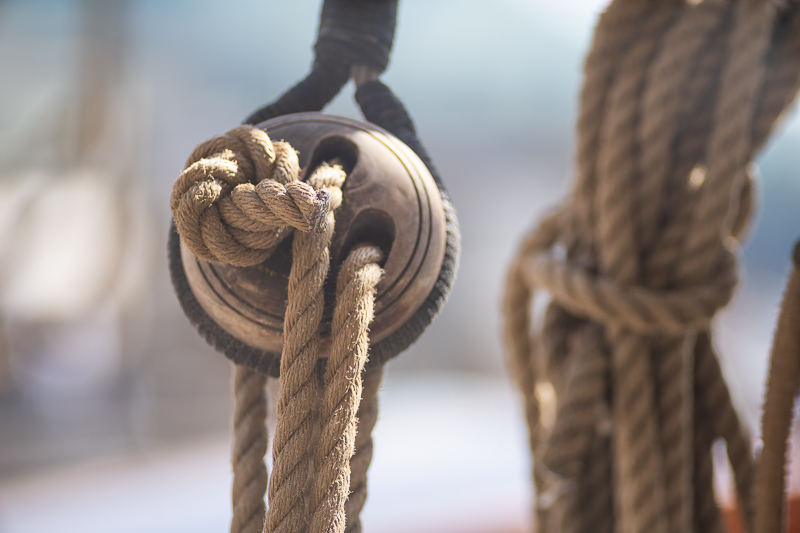
Distortion
The lens is practically distortion free.
Bokeh

A 180mm lens with a maximum aperture of f/2.8 actually allows for a lot of background blur.
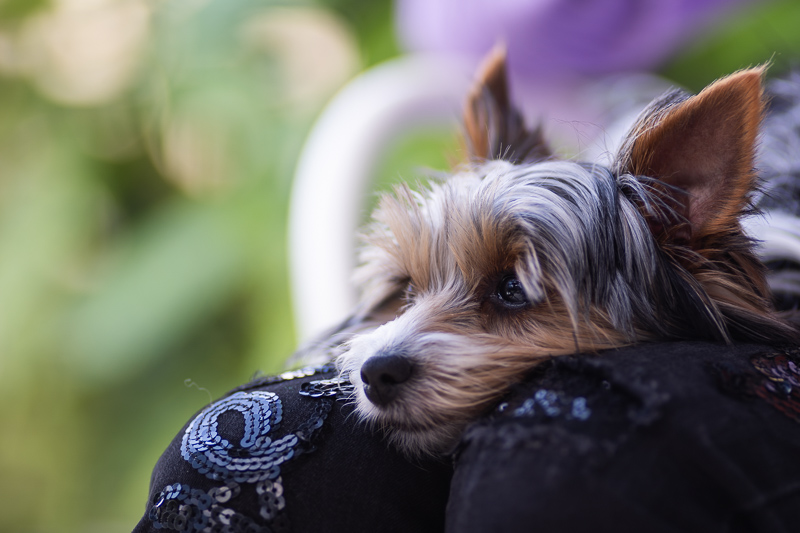
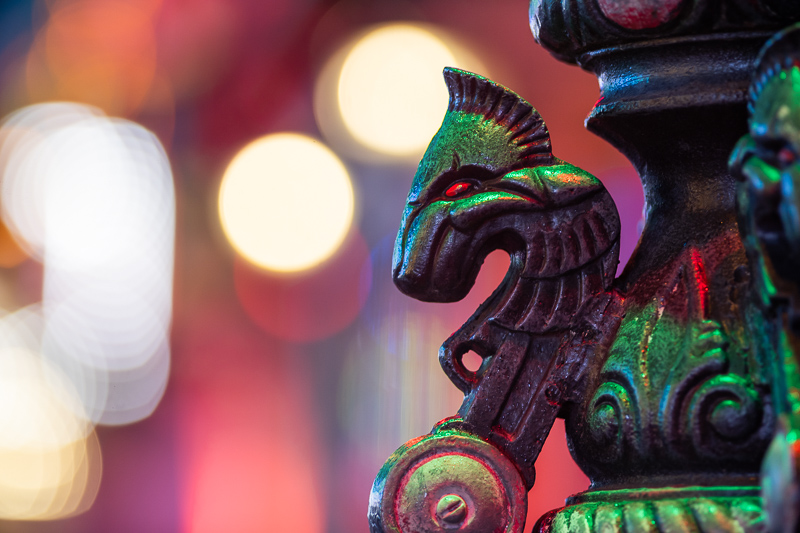





Generally, this lens draws a nice, pleasing bokeh and there isn’t a lot to complain about. Except for veiling flare again, which often has the potential to ruin the party:

Coma
Some people also like to use theses lenses for deep sky photography, the Nikon Ai-s 180mm 2.8 ED was especially famous for this. This Nikon AF 180mm 2.8 D also corrects this aberrations reasonably well, but in this category the old manual focus lens might actually perform a tad better.
Sunstars
This sample of the Nikon AF 180mm 2.8 D creates distinct sunstars with 18 rays from f/5.6 to f/22. By my personal experience Nikon’s aperture diaphragms weren’t built to the tightest tolerances though, so I am pretty sure there can be some variance here.
Chromatic aberrations
lateral
We see a medium amount of lateral CA here, a performance similar to that of the predecessor, the Nikon Ai-s 180mm 2.8 ED. As can be seen from this comparison, the one-click-correction in Lightroom is doing a good here.
longitudinal
There is definitely some bokeh fringing here at f/2.8. Not a bad performance, but most of the f/2.8 telezooms that have been released after this lens do no worse, often better.
There is some purple fringing, but it isn’t overly pronounced, so I don’t think it will often be an issue in the field.
Conclusion
good
|
average
|
not good
|
It have been many years since someone made a new 180/200mm 2.8 compact non-macro lens and the main reason for this is that the 70-200mm 2.8 zooms have become so good, rendering these unflexible primes a bit useless.
If we stay in the Nikon F-mount world, there is at least one benefit compared to those f/2.8 telezooms: the smaller size and weight of this 180mm 2.8 prime. The zooms are around 500g heavier and also longer.
But it is 2024 now and the two Tamron 70-180mm 2.8 lenses for mirrorless cameras showcase how far we have come. These lenses are about the same size and weight as this prime while offering vastly superior image quality. And they allow you to cover not only 180mm, but the full range from 70 to 180mm.
So in today’s world, this Nikon 180mm 2.8 AF(-D) is mostly a relic from the past. It is very affordable though, draws a nice bokeh and works on Nikon’s older analogue cameras, so for some people this may still be a desirable lens.
This lens has long been discontinued, you can usually find the AF version on ebay.com | ebay.de starting at ~$200 (affiliate links) the later AF-D versions are generally more expensive
Alternatives
As said before there aren’t any actual modern alternatives. The Canon EF 200mm 2.8L USM II offers a similar optical performance but you don’t need such an expensive adapter as the Monster LA-FE2 to get it to autofocus on mirrorless cameras, so it is probably a better choice for most.
For the price of a Nikon AF 180mm 2.8 D in good condition in combination with the Monster LA-FE2 adapter you can also find a used first generation Tamron 70-180mm 2.8, which brings some versatility to the table. If you are looking at F-mount lenses only and you are not that size conscious, a first or second generation Nikon AF-S 70-200mm 2.8G VR or a Tamron 70-200mm 2.8 can also be found used at affordable prices these days.
If you don’t care about AF, the predecessor Nikon Ai-s 180mm 2.8 ED offers a similar performance, but because of being a super front heavy unit focus design and often being more expensive on the used market, I would probably prefer the AF version being reviewed here.
Sample Images

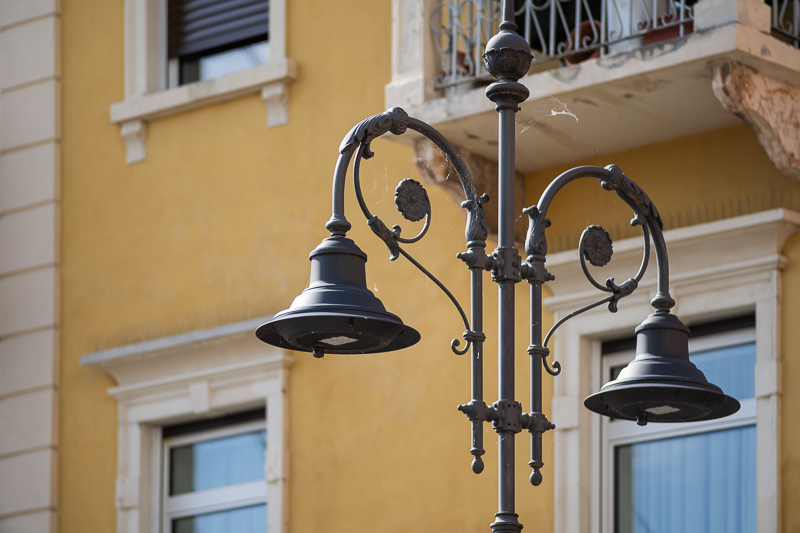
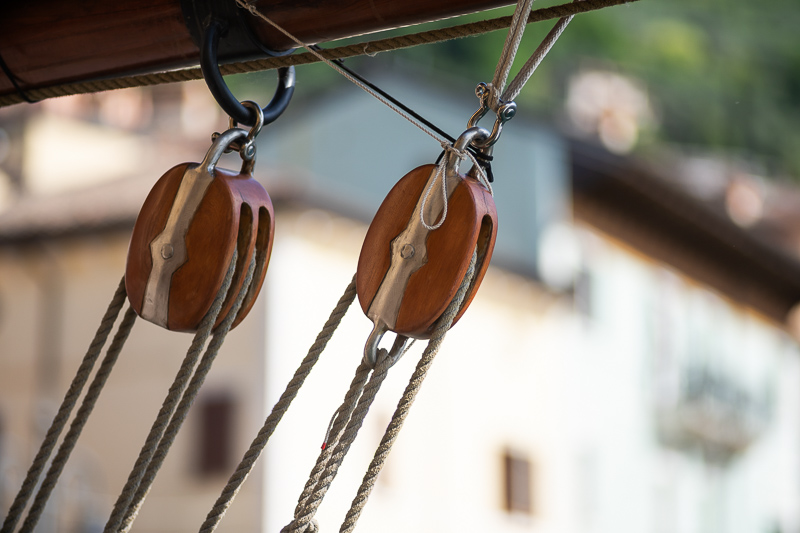

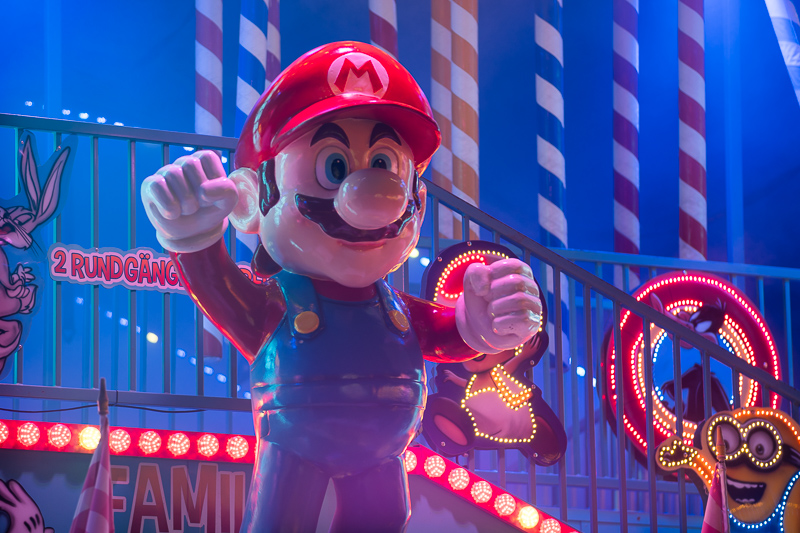
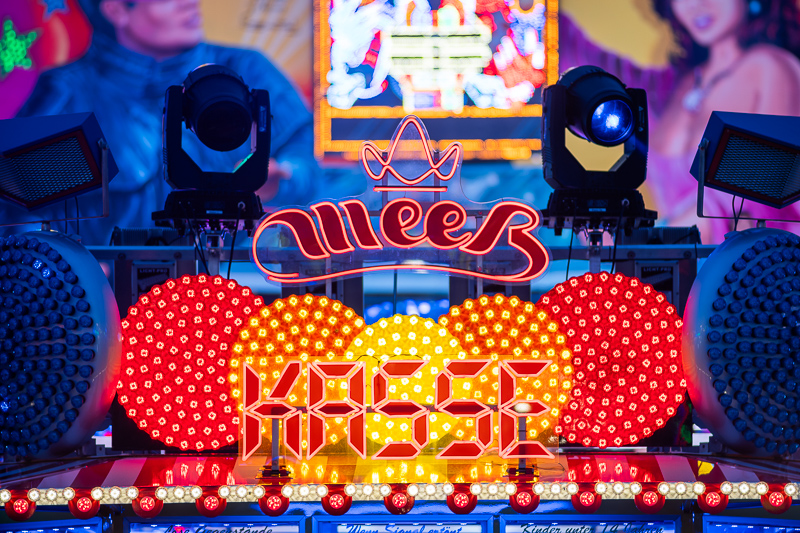
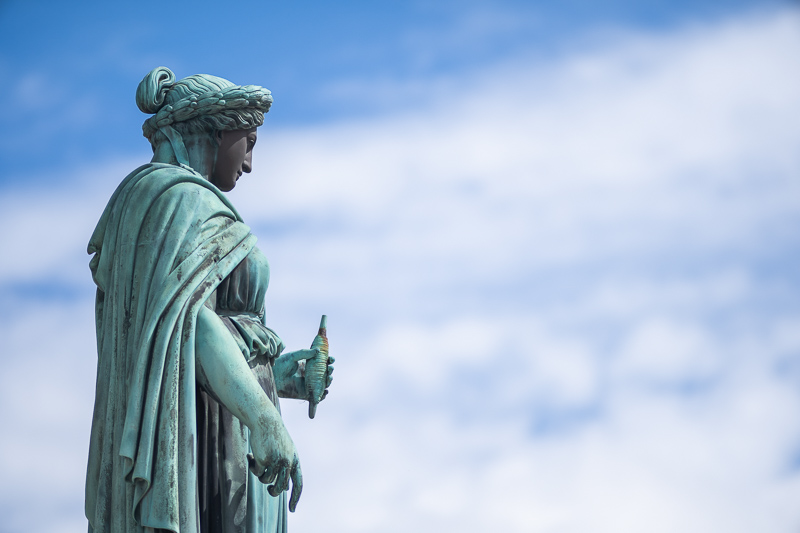



You can find most of the shots in this review in full resolution here.
Further Reading
- All Lens Reviews
- Best lenses for Brenizer/Bokehpanoramas
- Review: Laowa 10mm 2.8 AF
- Review: Nikon AF 28mm 1.4 D
- Review: Sony FE 85mm 1.4 GM
Support Us
Did you find this article useful or just liked reading it? Treat us to a coffee!
![]()
![]()
![]() via Paypal
via Paypal
This site contains affiliate links. If you make a purchase using any of the links marked as affiliate links, I may receive a small commission at no additional cost to you. This helps support the creation of future content.
Latest posts by BastianK (see all)
- Review: Canon EF 50mm 1.0 L USM – Still the world’s fastest AF lens - December 30, 2025
- Review: Nikon Nikkor 105mm 1.8 Ai-s - December 28, 2025
- 2025 – Year in Review - December 23, 2025



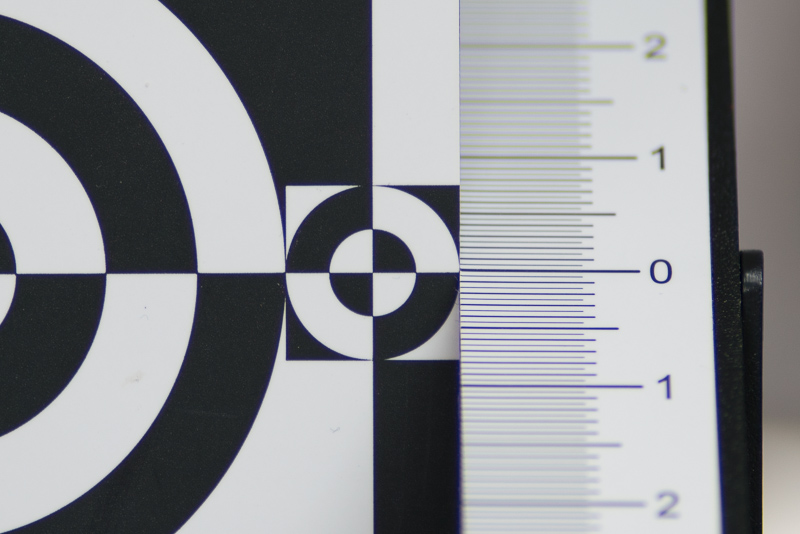
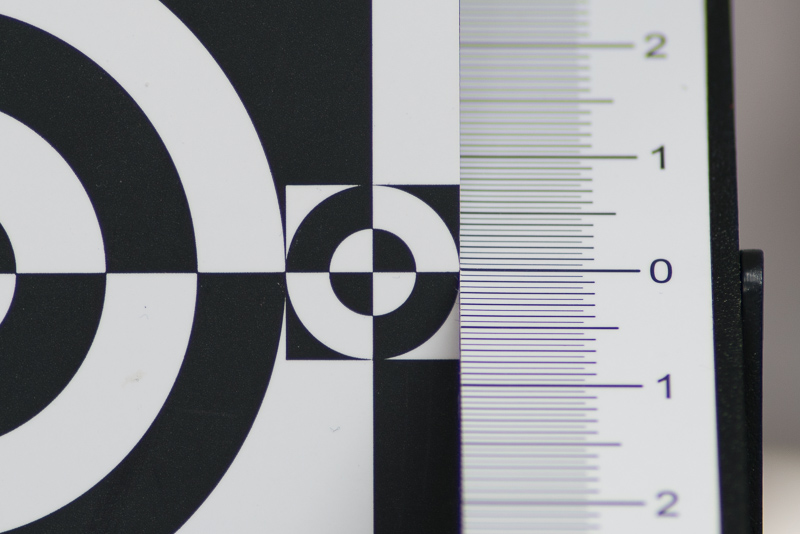
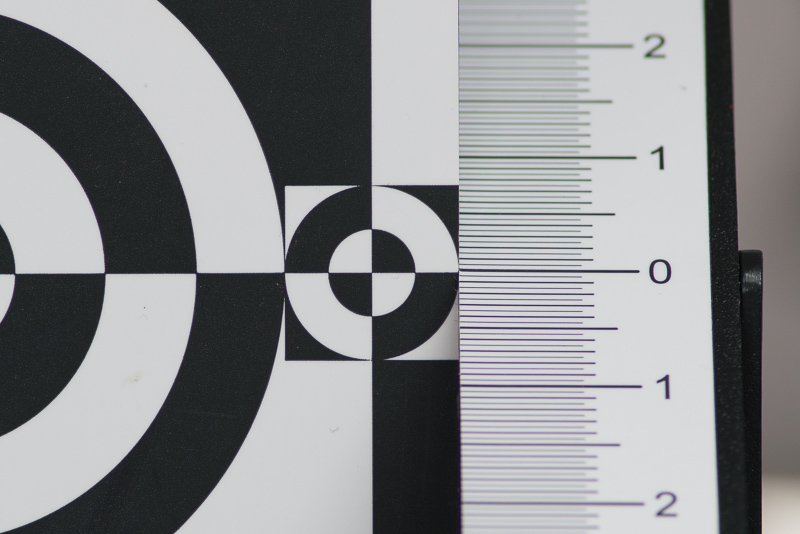

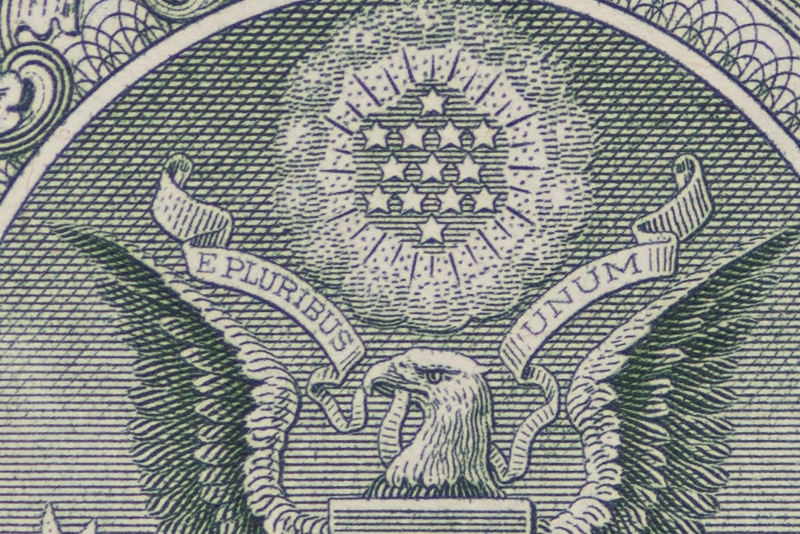
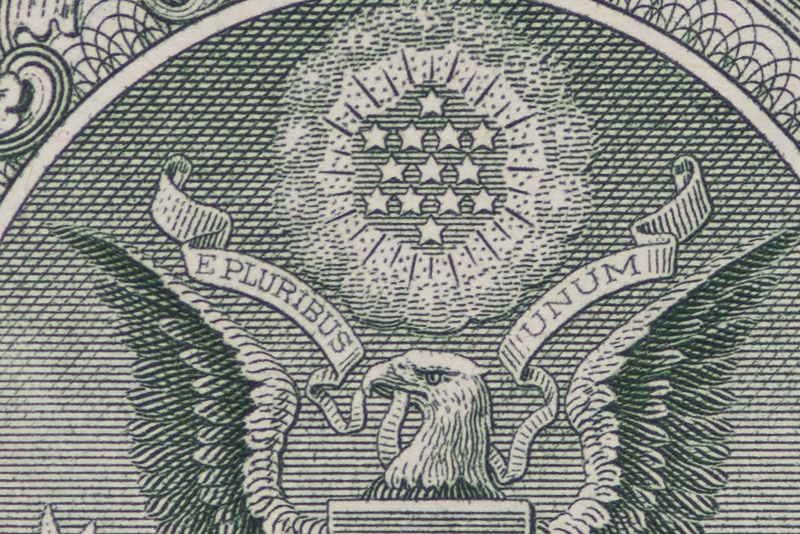
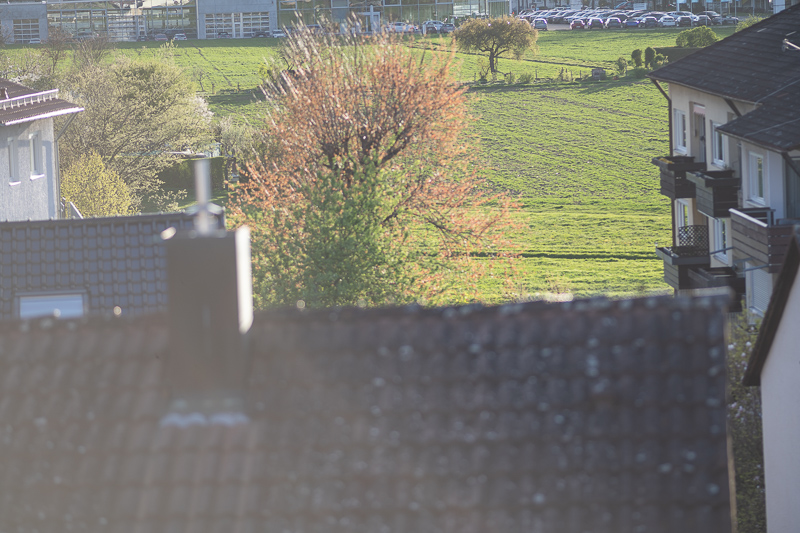
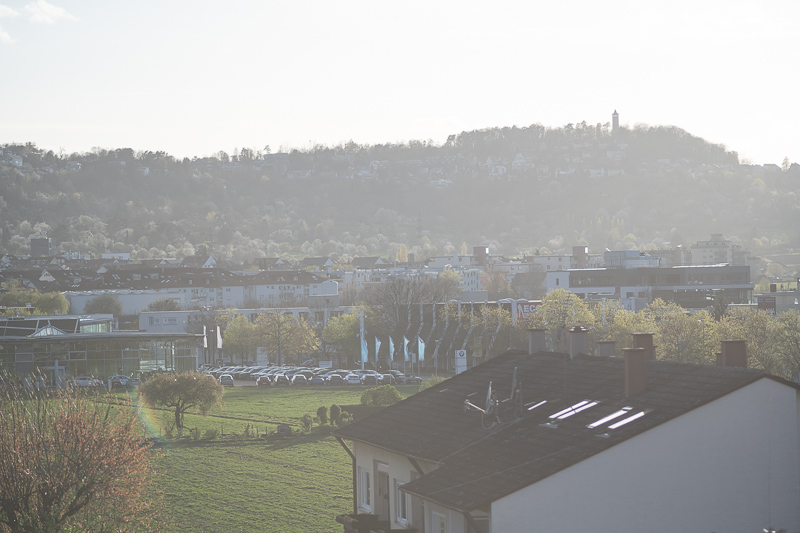
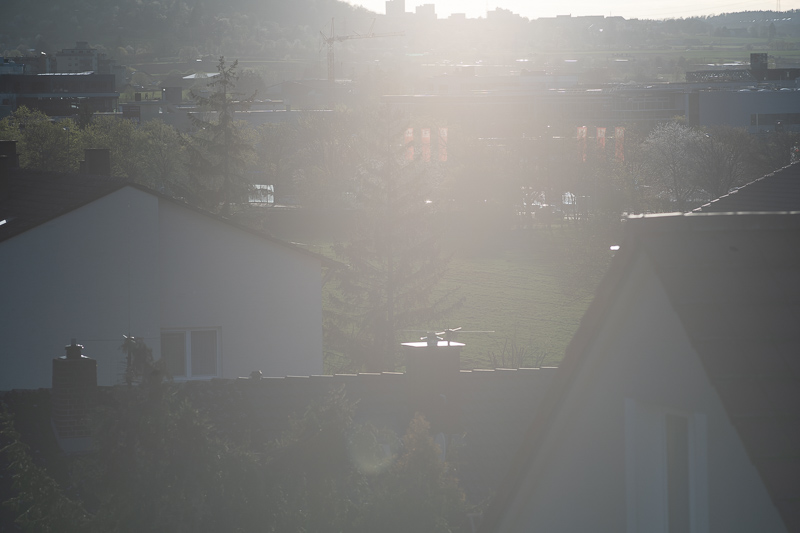
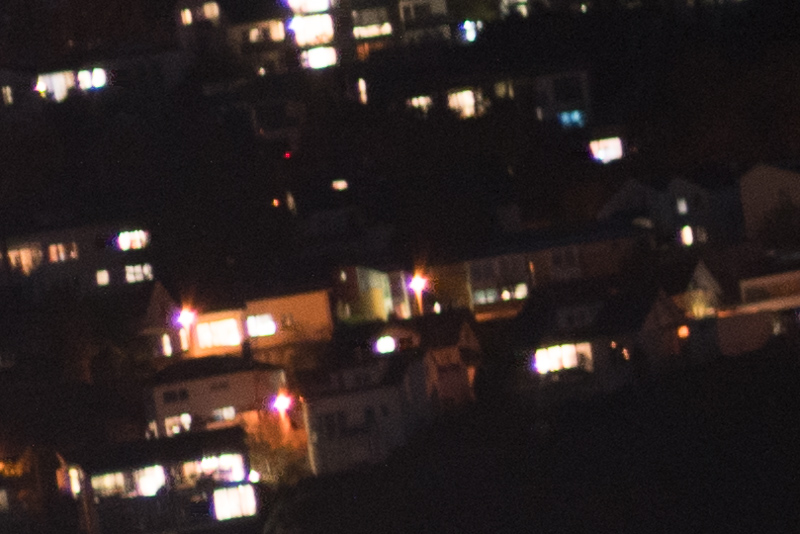
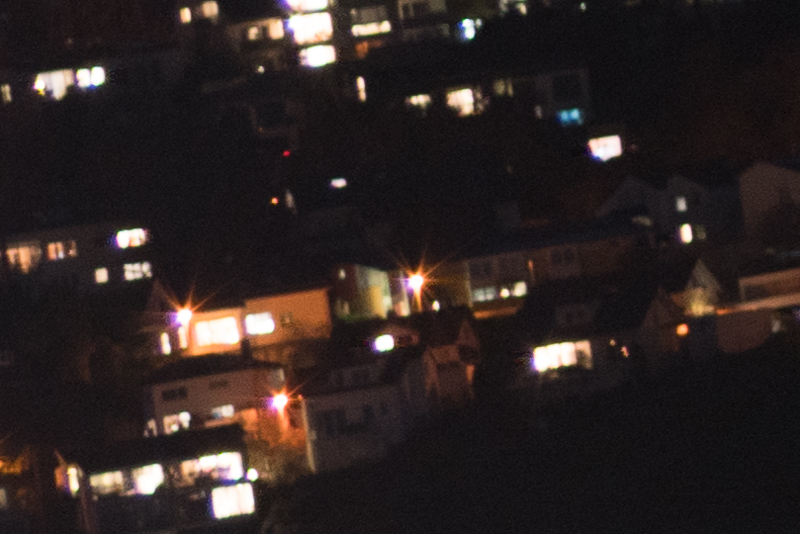
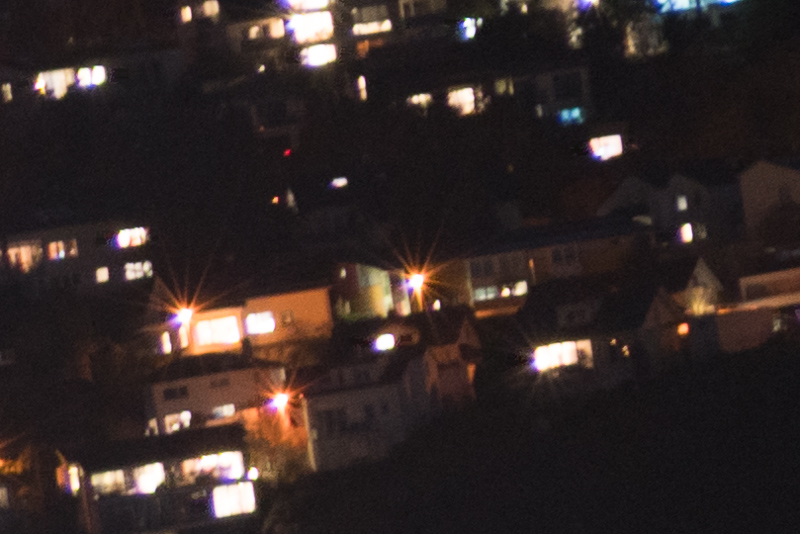
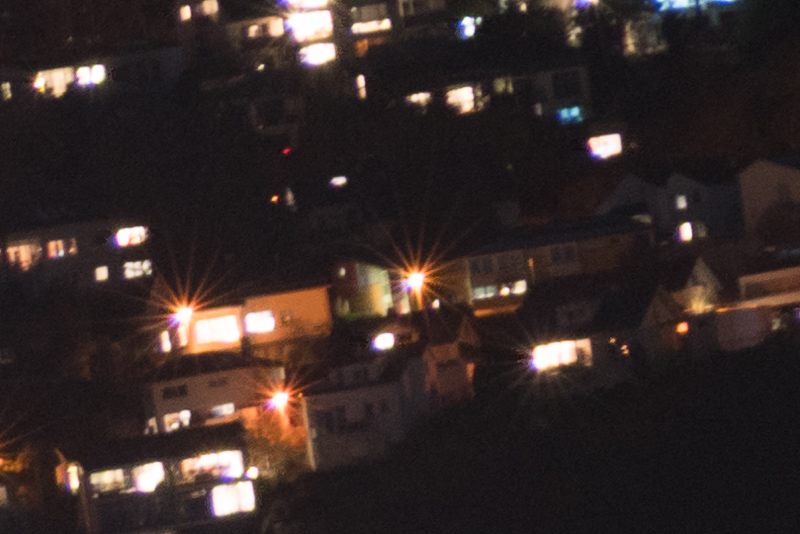

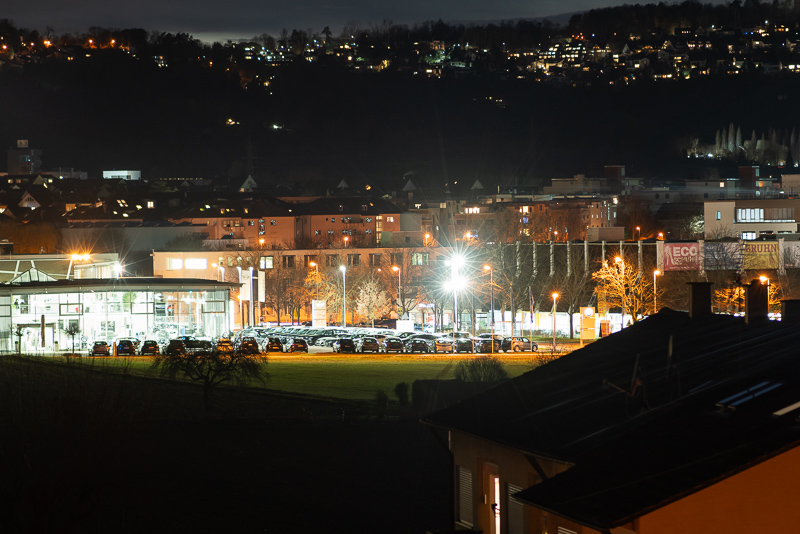
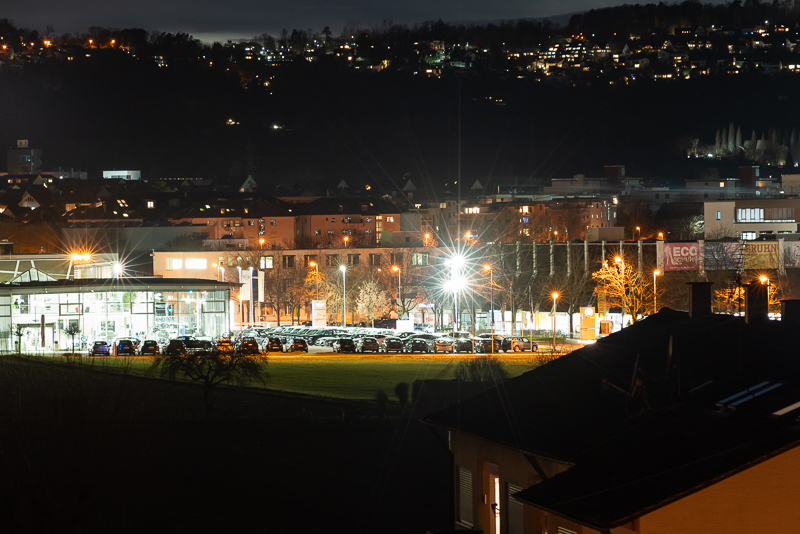
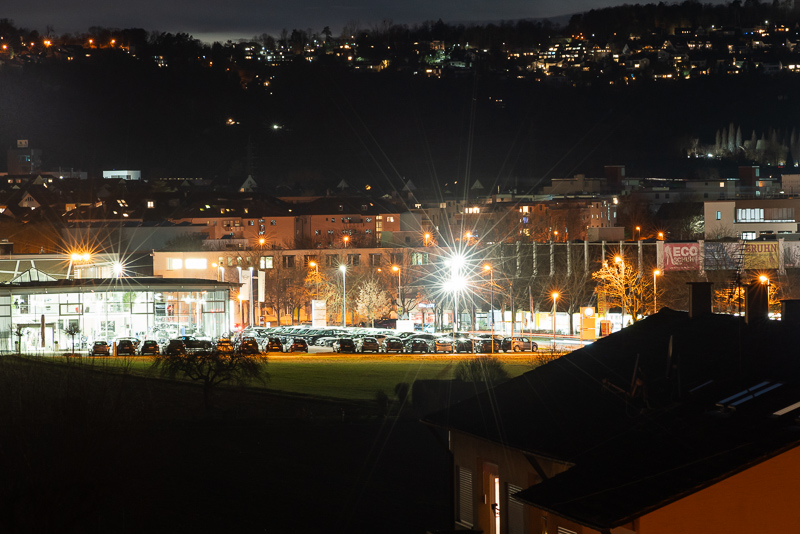
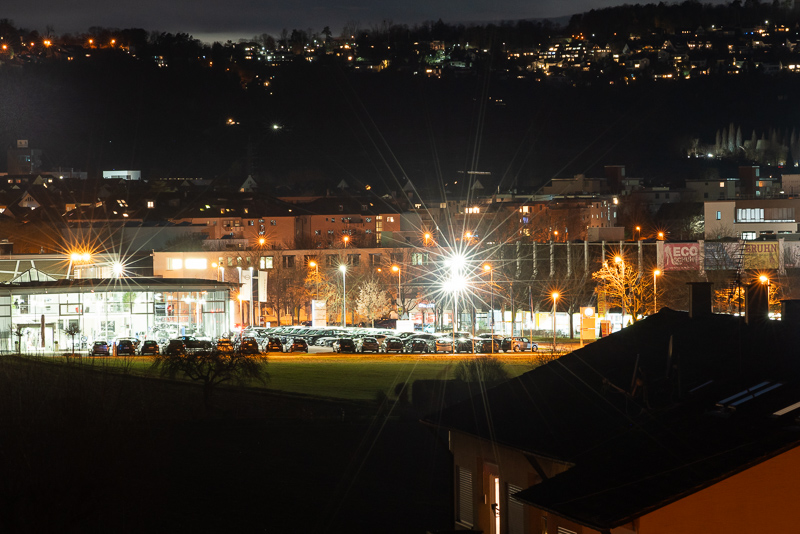
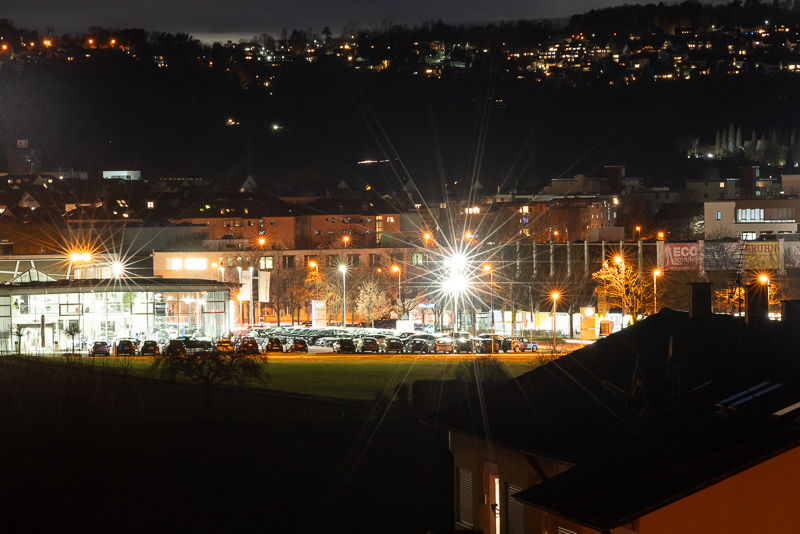
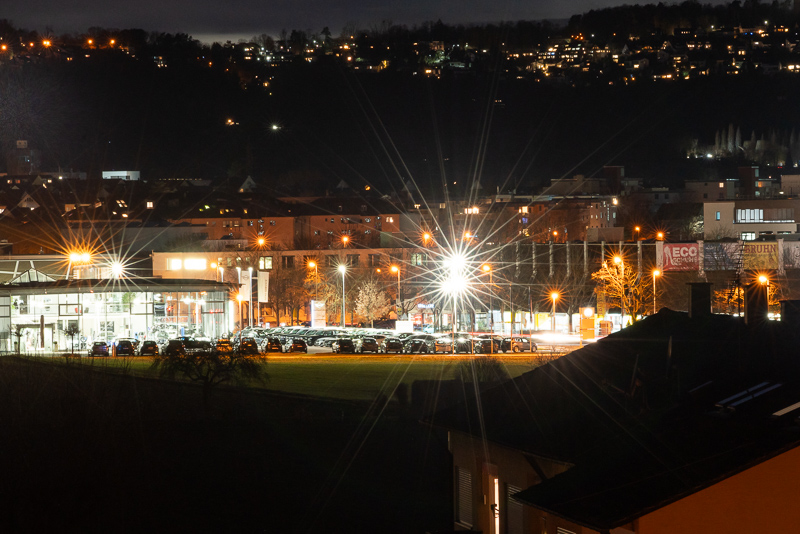

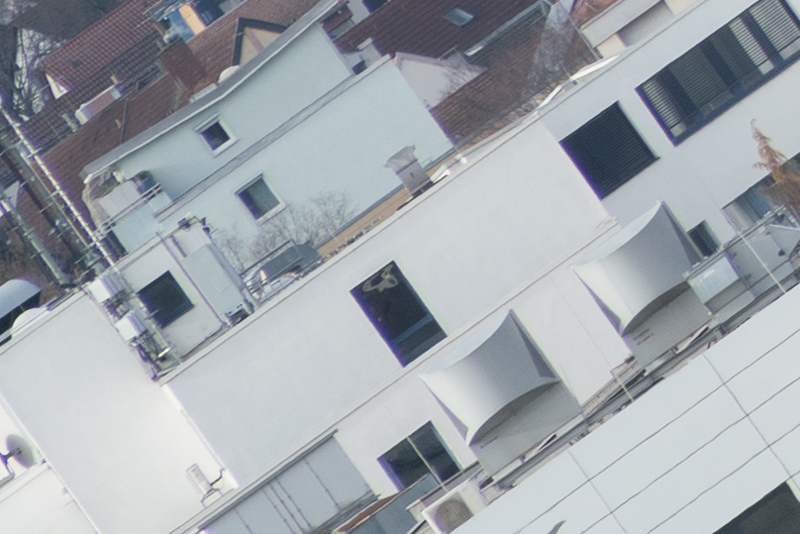

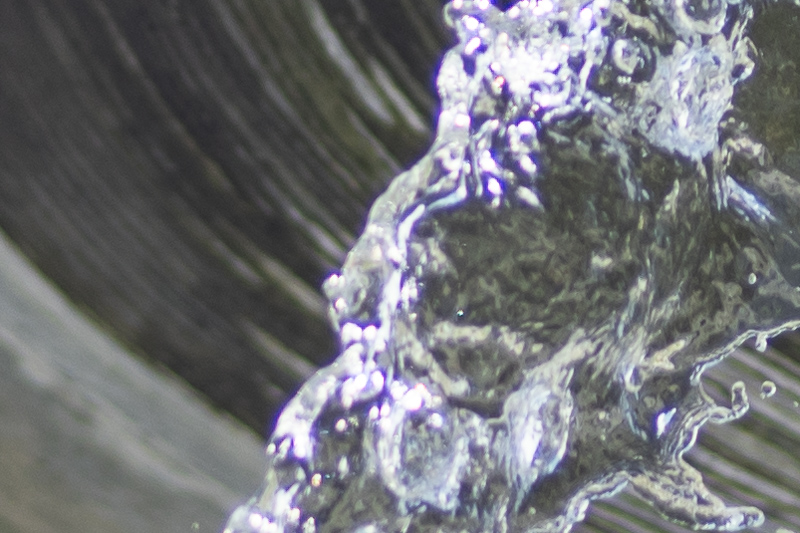
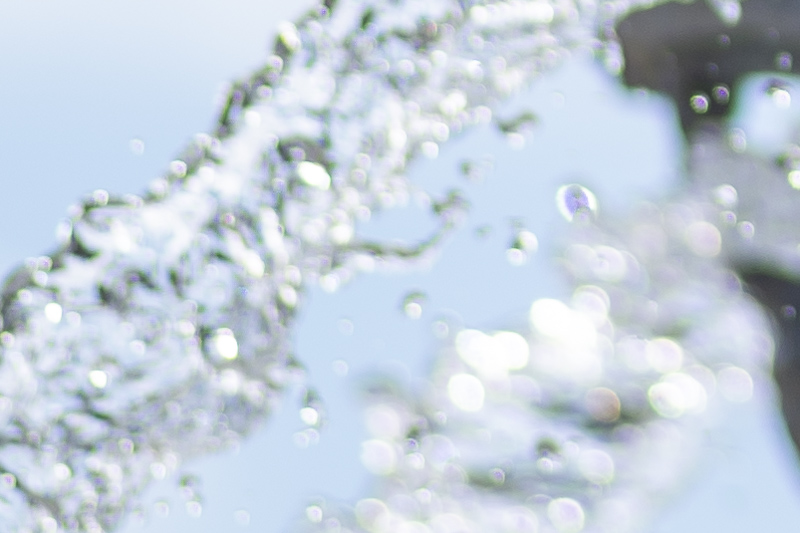
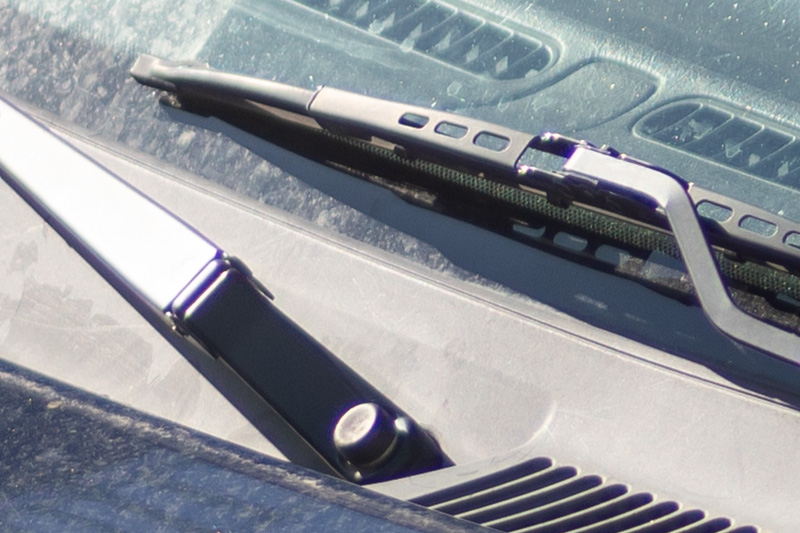
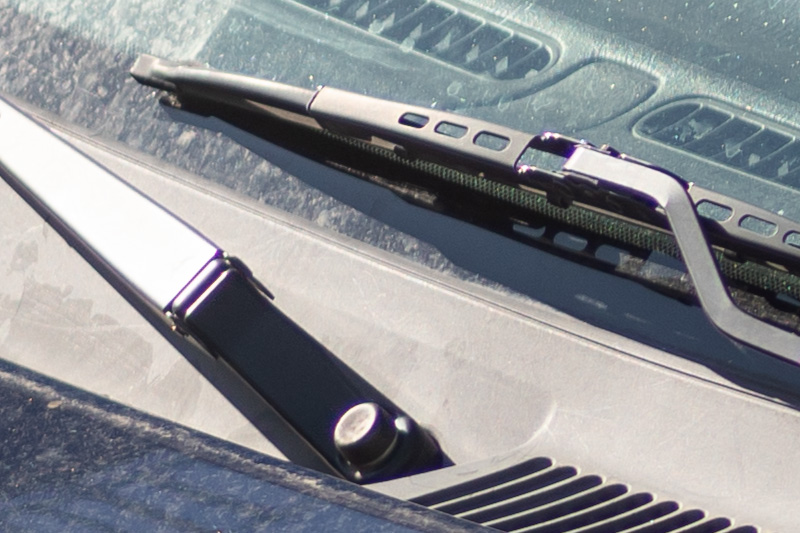
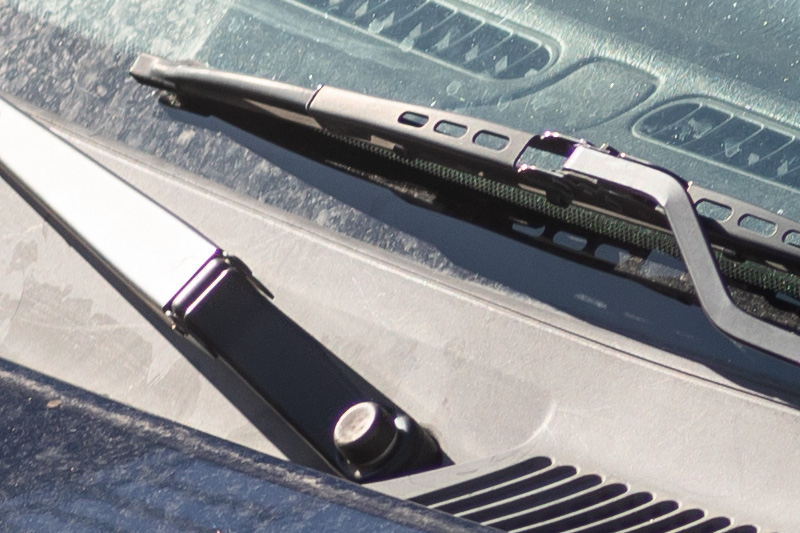
Thanks a lot for a good review again, quite interesting to see the 6/8 IF version. Someone told me that the background blur on the IF version has more outlining (which I see on my 6/8 design 300 mm f2.8 Nikkor as well) compared to the AIS version. As one can expect the reverse can be observed in the front bokeh. I own the AIS ED MF since I used a FM2 with Kodachrome 25 and Velvia, it still gives really nice pictures on a Z6/7/8 ( also for astro) it is kind of amazing what Nikon did with only 5 lenses and 1 ed element, I get the impression that it’s less sensitive to flare.
Up till 4 years ago I had a 180 mm f3.5 Sigma EX APO macro, which was really an apo corrected lens, kind of regret it that I sold it after 18 years of use.
There seems to be some other nice elephants in the room the Pentax A* ED IF 200 mm f2.8 , best performer for astro. And the Tamron SP 180 mm f2.5 if you can find it.
Woah love this lens, I would probably get it and many other D series lenses if it didn’t require me to buy a new AF adapter. It’s annoying that I spent like $400 to use the old adapter a couple years ago and then I apparently need the newest one for it to work with D lenses. The obsolescence of such an expensive adapter doesn’t exactly make investing so much money in their products again alluring. I would rather buy something from a company that will make one product that can be updated or converted to expand its function, even if that might mean buying an upgrade kit.
A comparison with the Minolta 200/2.8 HS APO G would have been nice, especially since this offers fully working AF on Sony mirrorless cameras through an OEM adapter. Do you have any inclinations how these two would compare?
I actually forgot about that one, we even have a review of it.
Generally, I didn’t think the 200mm 2.8 is as great as its reputation and it is not an Apo lens.
I rate their performance as very similar – without having done a direct side-by-side comparison though.
Thanks! I am asking since my Minolta 200/2.8 is still my only tele lens, and the only niggles I find on the Sony a7RII are somewhat unreliable AF, especially in continuous mode, and lack of contrast before f/5.6. It easily resolves fine detail, even on 42 MP, and the quality of the background blur is superb. I was hoping Sony would release an equally good, yet compact tele prime. Personally, I favour primes for their compactness and quality.
Yeah I don’t think we will be seeing a new lens in this class anytime soon.
hi,
that’s a great review! I cant help but notice that you have a monster la-fe2, and it made me wonder of an experiment that I want to try in order to have d series lens on nikon z and keep autofocus. if you happened to have access to a nikon z body and an e to z adapter would you try a d series lens on the la-fe2 on an e to z adapter on a z mount camera and see if it works? (yes it’s Frankenstein type of adapter staking but in theory…)
I tried with the Megadap ETZ21pro, it sadly doesn’t work.
Interestingly the TTArtisan 6-bit M->E adapter works.
I rented it during a trip in the USA almost 25 years ago. It looked so good to me that I soon bought a used one (non D) back in Italy. I think it should have been the 3rd or 4th “serious” Nikon lens in my bag.
No more used it since when I switched to Sony, but I didn’t dare to sell it. Often I’m tempted to start using it again with an adapter, but the weight still draws me back.
might be worth mentioning that Nikon cameras (F-mount DSLRs for certain, who knows if they carried it over to Z-mount) correct aberrations and other optical defects of all their lenses that communicate electronically with the camera (so every AF lens). this isn’t a nikon specific feature either, it’d just a lot more cool since they go back and enhance decades of lenses, while most dslrs compatible lenses only appeared after 2000.
just something to think about before you review a nikon lens with a sony camera, since most people wouldn’t buy that lens if they had a sony, but definitely would want to buy it if they’re using a Nikon DSLR and wanted a high performance telephoto lens.
With telephoto lenses those in camera corrections are completely irrelevant.
What should they fix? The non existent distortion?
The problem with this old lens is the abyssmal flare resistance and no in camera corrections can fix that.
Nikon cameras can “fix” distortion, vignetting and lateral CA in camera. Every good RAW converter can do that and better.
At least with DSLRs, I have found that you can easily see the flare through the viewfinder, having an assistant with a reflector dish (or a windsheild sun blocker in a pinch) who hold it at the right angle to the light to stop the flare is a must with these vintage tele lenses. It is why, I am sure, that a lot of these early AF and AFD lenses have the front element significantly recessed into the lens body – it acts like a permanent lens hood.
Incidentally – despite almost any modern lens that hits 180mm and F2.8 being measurably superior, the vintage lens (even in this review) have that little bit of je ne sais quoi tha tis hard to replicate.